
The creator economy is reshaping traditional financial models, enabling individuals to monetize their passions, skills, and expertise in unprecedented ways. With digital platforms offering more opportunities than ever, wealth is no longer confined to corporations or elite investors. Instead, independent creators, influencers, and entrepreneurs are redefining how wealth is generated, distributed, and sustained.
However, succeeding in this economy requires strategic planning. How can creators build sustainable income streams? What are the best ways to maximize earnings while maintaining creative freedom? In this guide, we’ll explore seven key strategies to reshape wealth in the creator economy—from leveraging multiple revenue streams to mastering financial management.
1️⃣ Understanding the Creator Economy and Wealth Redistribution

The creator economy is a rapidly growing sector that includes digital content creators, influencers, freelancers, and independent entrepreneurs. Unlike traditional employment, where wealth accumulation is often tied to salaries or investments, the creator economy offers decentralized opportunities for financial success.
🚀 Key characteristics of the creator economy:
- Low entry barriers: Anyone with internet access can become a creator.
- Diverse revenue streams: Earnings can come from ads, sponsorships, memberships, and direct sales.
- Global reach: Digital platforms allow creators to reach international audiences.
- Decentralization of wealth: More people can achieve financial independence outside of corporate structures.
💡 Related Resource: The Rise of the Creator Economy – Harvard Business Review
2️⃣ Diversify Revenue Streams for Financial Stability
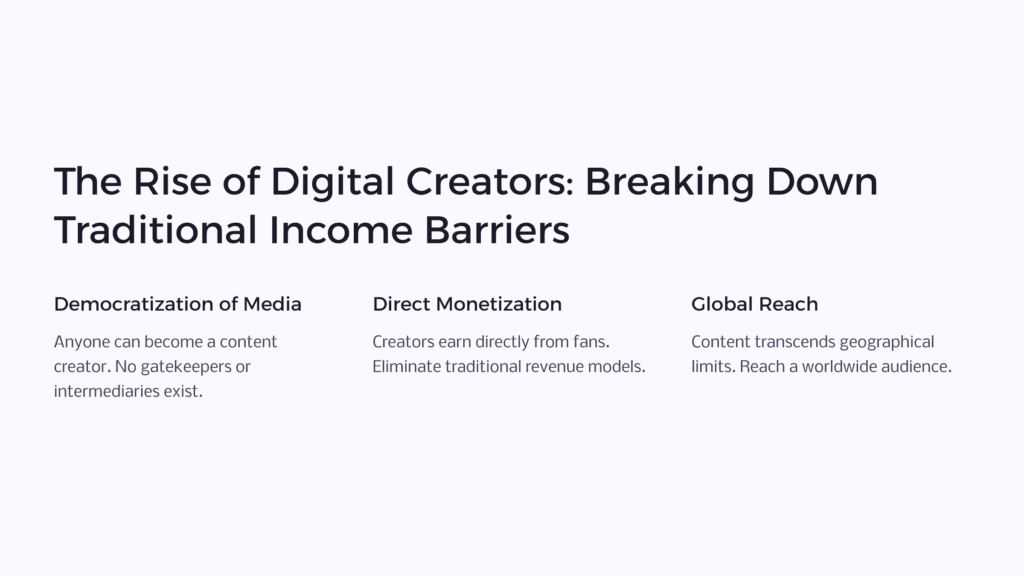
Relying on a single income source is risky in any industry, but especially in the creator economy, where platform algorithms and policies can change unexpectedly. Smart creators diversify their income to ensure long-term financial stability.
💰 Popular revenue streams in the creator economy:
- Ad Revenue: Platforms like YouTube, TikTok, and Twitch offer ad monetization.
- Sponsorships & Brand Deals: Collaborating with companies to promote products.
- Merchandise & Products: Selling branded apparel, books, or digital products.
- Subscription Models: Platforms like Patreon and OnlyFans enable recurring income.
- Affiliate Marketing: Earning commissions by promoting products through unique links.
🔗 Related Resource: How to Monetize Your Content – Forbes
3️⃣ Master Financial Management and Wealth Growth
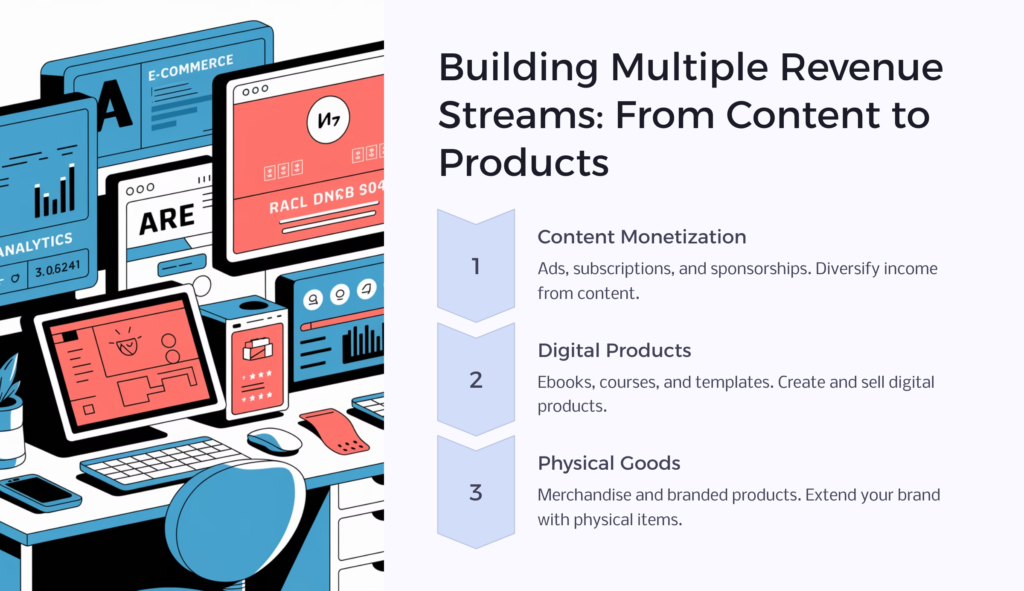
Making money is only half the battle; managing and growing that wealth is just as crucial. Many creators struggle with budgeting, taxes, and investments, leading to financial instability despite high earnings.
📊 Essential financial tips for creators:
- Separate business and personal finances.
- Save a portion of earnings for taxes.
- Invest in retirement and passive income opportunities.
- Keep track of expenses and reinvest in content growth.
- Consult a financial advisor to optimize earnings.
🔗 Related Resource: Personal Finance for Creators – Investopedia
4️⃣ Build a Loyal Community for Long-Term Success
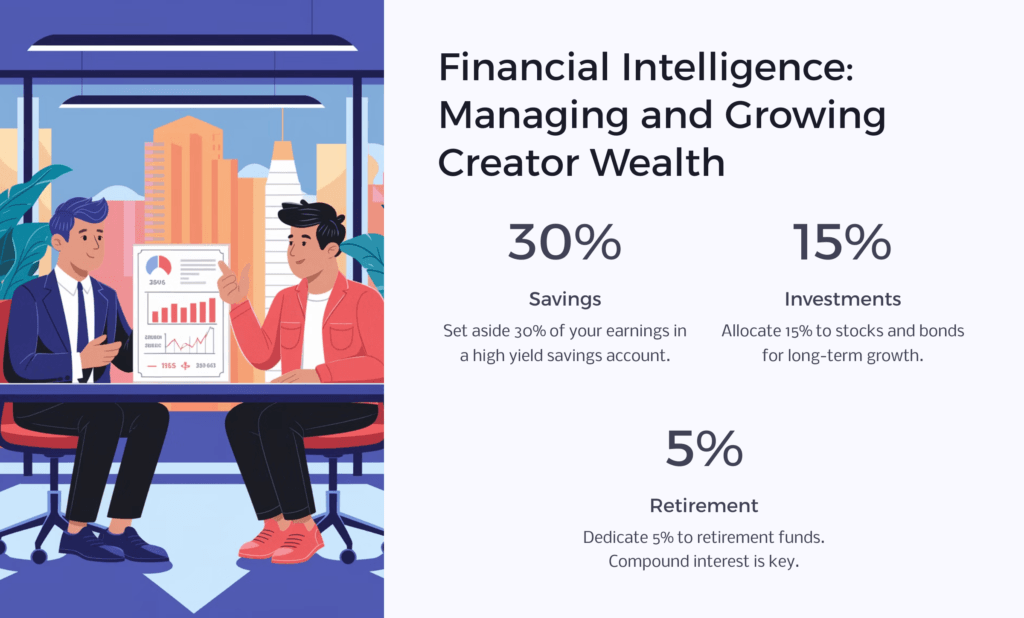
The most successful creators prioritize community building over short-term profits. A dedicated audience provides consistent engagement, higher conversion rates, and long-term revenue opportunities.
❤️ Ways to cultivate a loyal audience:
- Engage regularly through comments, live streams, and social media.
- Provide exclusive content to reward loyal fans.
- Listen to feedback and involve your audience in decisions.
- Use email newsletters and Discord groups for deeper connections.
🔗 Related Resource: Building Online Communities – HubSpot
5️⃣ Leverage Digital Tools and Automation
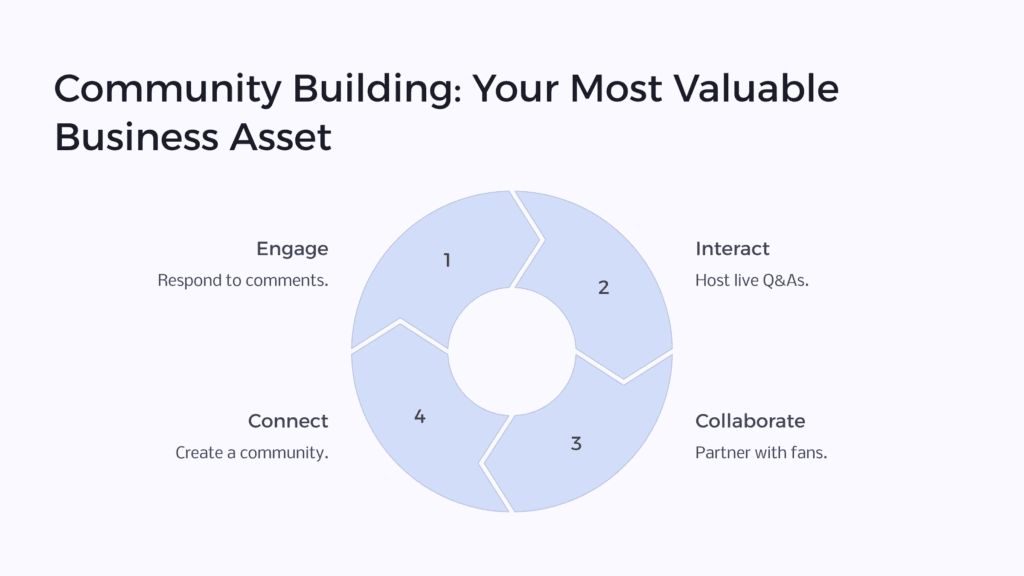
Time is a valuable asset for creators, and using the right tools can significantly increase efficiency. Automation and AI-powered tools help streamline content creation, marketing, and audience engagement.
⚙️ Must-have digital tools for creators:
- Content Scheduling: Buffer, Hootsuite, Later
- Design & Editing: Canva, Adobe Creative Suite, CapCut
- Monetization Platforms: Patreon, Gumroad, Ko-fi
- SEO & Analytics: Google Analytics, SEMrush, Ahrefs
🔗 Related Resource: Top Creator Tools for 2024 – TechCrunch
6️⃣ Adapt to Market Trends and Platform Changes
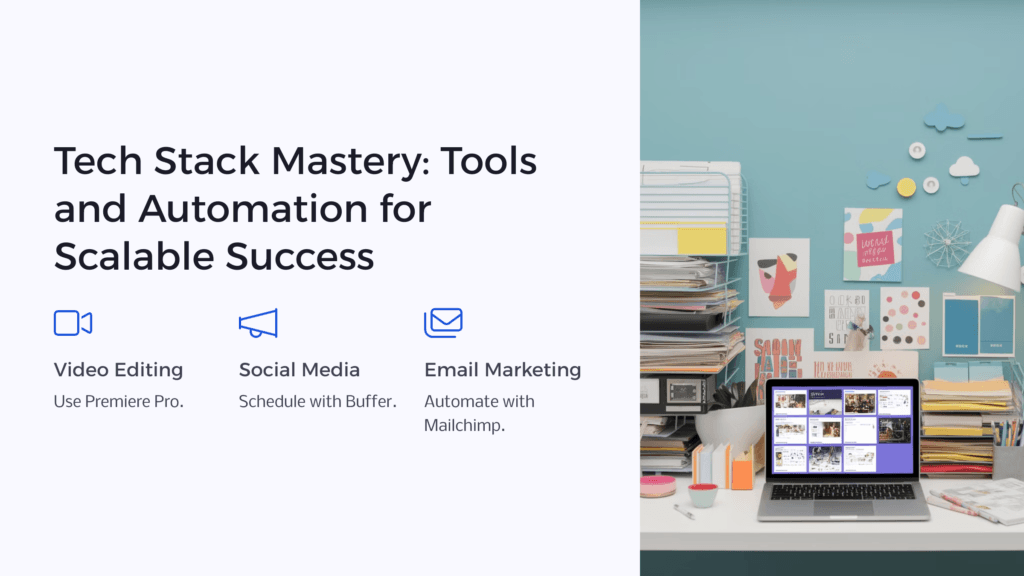
The digital landscape is constantly evolving, and successful creators must stay ahead of industry trends. Platforms frequently update their algorithms, introducing new monetization policies, features, and content formats.
📈 How to stay updated and adaptable:
- Follow industry news through blogs and social media.
- Experiment with new content formats (e.g., Shorts, Reels, Livestreams).
- Analyze engagement metrics and adjust strategies accordingly.
- Be open to switching platforms if necessary.
🔗 Related Resource: Social Media Trends for Creators – Sprout Social
7️⃣ Protect Intellectual Property and Digital Rights
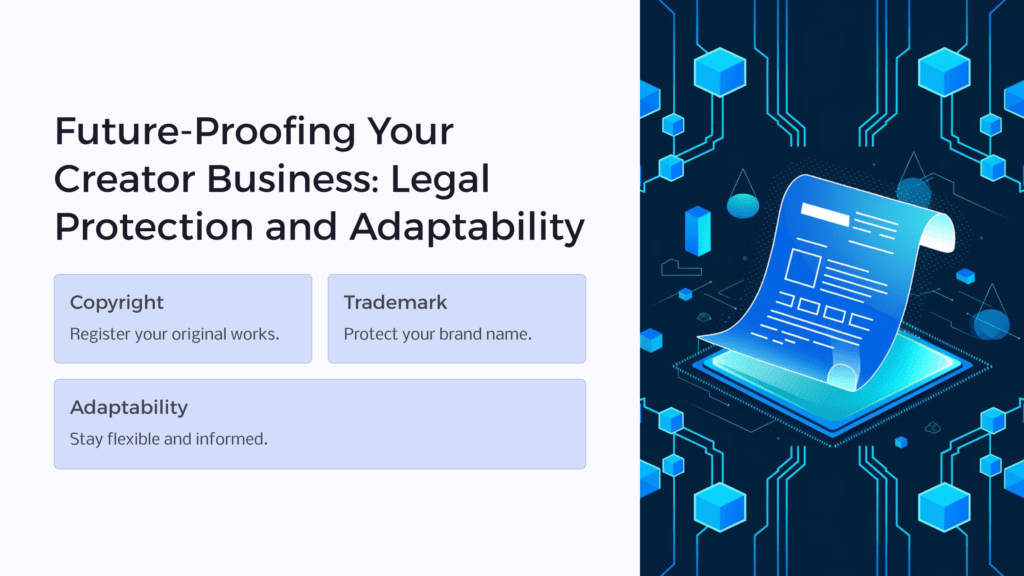
As a creator, your content is your most valuable asset. However, many creators overlook intellectual property (IP) rights, leading to stolen content or lost revenue.
🛡️ Steps to protect your digital assets:
- Trademark your brand name and logo if necessary.
- Use copyright protection for original content.
- Watermark or digitally sign your work.
- Understand licensing agreements when collaborating.
🔗 Related Resource: Copyright Laws for Digital Creators – U.S. Copyright Office
Final Thoughts 🎯
The creator economy is transforming traditional financial structures, providing new opportunities for wealth generation. However, success in this space requires a combination of creativity, business strategy, and financial literacy. By diversifying income, mastering financial management, engaging with a loyal audience, leveraging digital tools, staying adaptable, and protecting intellectual property, creators can achieve long-term financial independence.
As you navigate your journey in the creator economy, remember: monetization is just the beginning—true wealth comes from sustainability and smart financial planning.
🔥 Frequently Asked Questions (FAQ)
❓ How do I start making money in the creator economy?
👉 Start by identifying a niche, creating valuable content, and leveraging platforms that offer monetization options like YouTube, Patreon, or affiliate marketing.
❓ Which platforms are best for creators to earn money?
👉 YouTube (ad revenue), TikTok (creator fund), Patreon (subscriptions), Gumroad (digital products), and Twitch (donations & sponsorships) are some of the best options.
❓ How can I diversify my income as a content creator?
👉 Combine ad revenue, sponsorships, affiliate marketing, merchandise, paid memberships, and digital product sales to ensure financial stability.
❓ What financial mistakes should creators avoid?
👉 Avoid spending all earnings without saving for taxes, neglecting investments, and failing to track expenses. Keeping a budget and financial plan is crucial.
❓ How do I protect my content from being stolen?
👉 Use copyright protection, watermarks, trademarks, and digital rights management tools to safeguard your work.
❓ How can I grow a loyal community around my content?
👉 Engage with your audience consistently, offer value, create exclusive content, and build relationships through social media and email lists.
❓ What are the biggest challenges in the creator economy?
👉 Platform dependency, income instability, algorithm changes, and burnout are common challenges. Diversification and smart financial management help mitigate these risks.
❓ How do I stay relevant as a creator?
👉 Continuously learn, experiment with new trends, engage with your audience, and adapt to platform changes to remain competitive.
